About the Course
Post-production has already become an indivisible part of the workflow. It could significantly upraise the value of your photography, but it only works if you know the most efficient techniques and fast ways to complete the task.
The course has been specifically built for product photographers and retouchers. Therefore, it will help you to improve retouching skills in the most relevant directions: beer, electronic devices, splash, jewelry and accessories photography.
This course is for you, if you...
-
Eager to bring your works on a completely new level.
-
Have basic knowledge of post-production and want to improve your skills.
-
Have advanced knowledge of post-production and want to become a pro.

COURSE CURRICULUM
Course includes 7+ hours of instruction in 6 video lessons
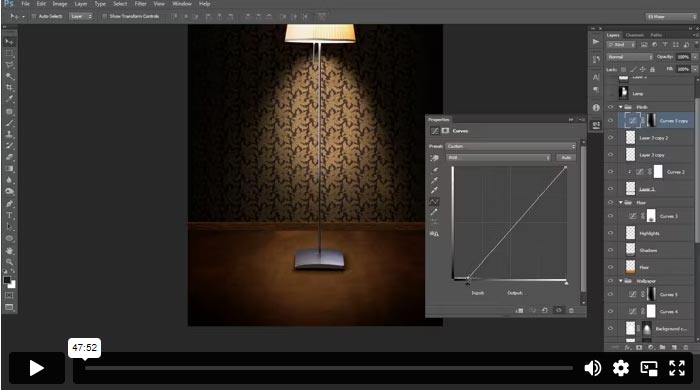
01
The Lamp
You’ll learn how to create a realistic dramatic environment around the lamp, keeping its natural light from the source images while applying new textures for the floor and wallpaper. Instructor starts from some basic tools as Clipping Mask and Clone Stamp and walks you through the whole process of retouching.
Duration: 48 minutes
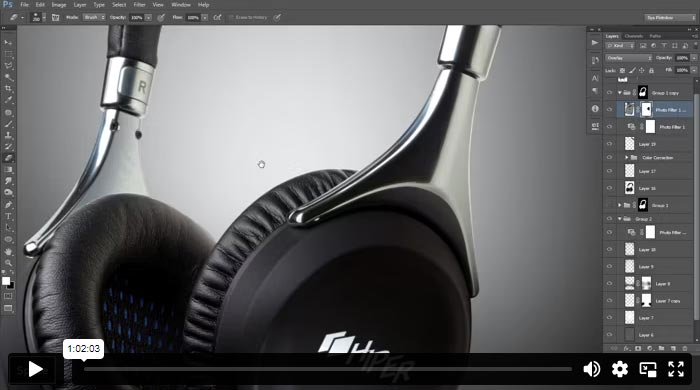
02
The Headphone
Devices and electronic accessories photography not surprisingly is one of the most popular on the market. Since the competition is huge one should do really great job to become successful in it. One the bright side such kind of products are always pleasure to work with.
Duration: 58 minutes
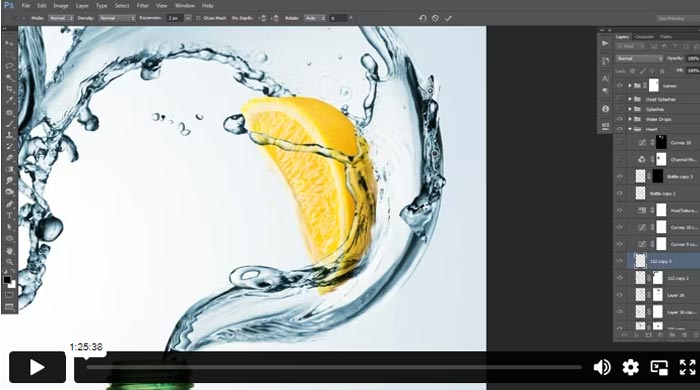
03
The Splash
You’ll learn to create complicated shapes from combining several separate water splashes into one perfect image without any visible seams or undesirable edges.
Duration: 59 minutes

04
The Beer
Beer, liquor and other beverage photography is all about glowing shiny glass, water drops and ice cubes. One of the instructor’s favorite kinds of photography with no questions.
Duration: 58 minutes
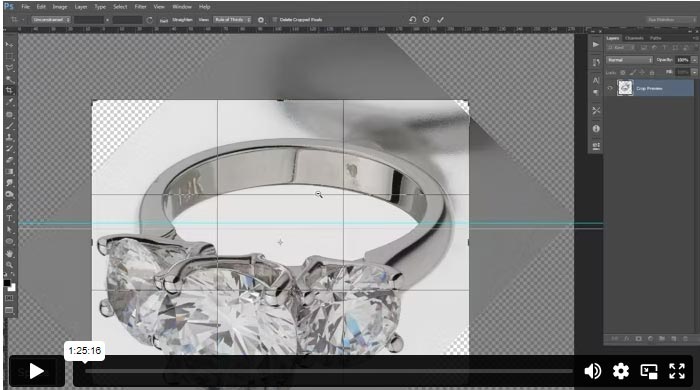
05
The Ring
Luxury photography in general and jewelry photography in particular are always quite helpful on a way of making your name. The main goal is to make images as precious as the products.
Duration: 59 minutes
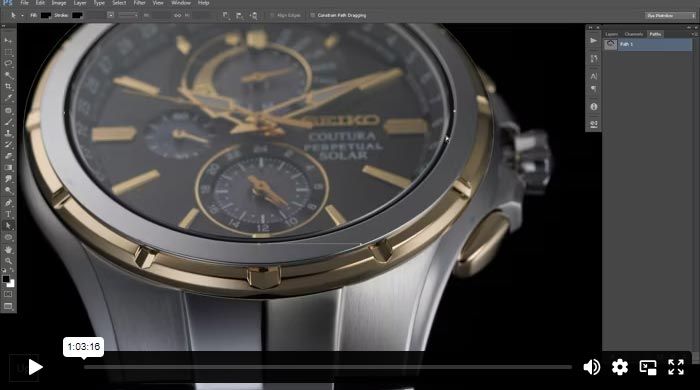
06
The Watch
Expensive accessory clients are one of the most exacting when it comes to their product details. Anyone who wants to succeed as an accessory photographer or retoucher should be willing to go through the image pixel by pixel while keeping an eye on the big picture. Shapes, materials and overall style are the essentials of the lesson.
Duration: 59 minutes
IMAGES YOU'LL BE ABLE TO MAKE YOURSELF
Sample photos from the program’s video lessons that you will learn.
BEFORE and AFTER:
Student’s will be provided with source files (on the left), and guided to create final results (on the right)
Lamp
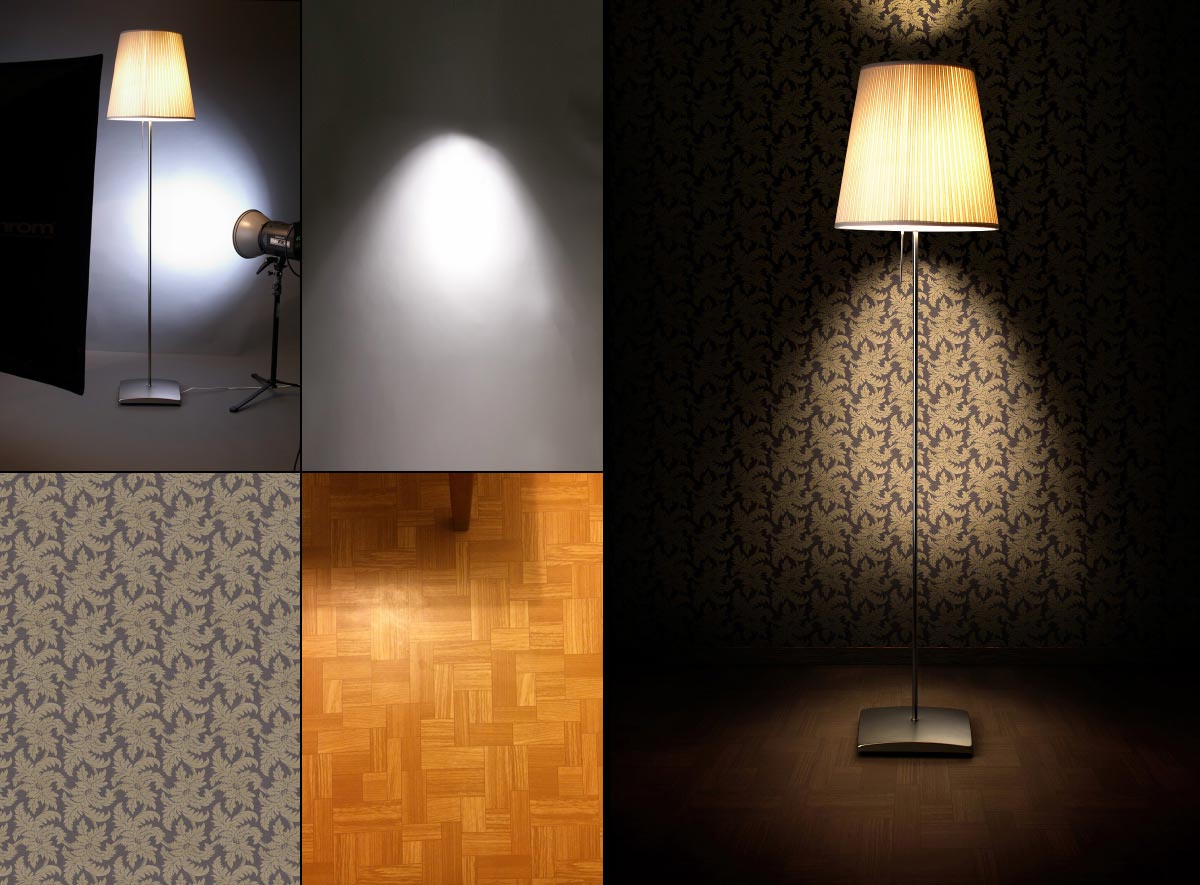
Headphone

Splash
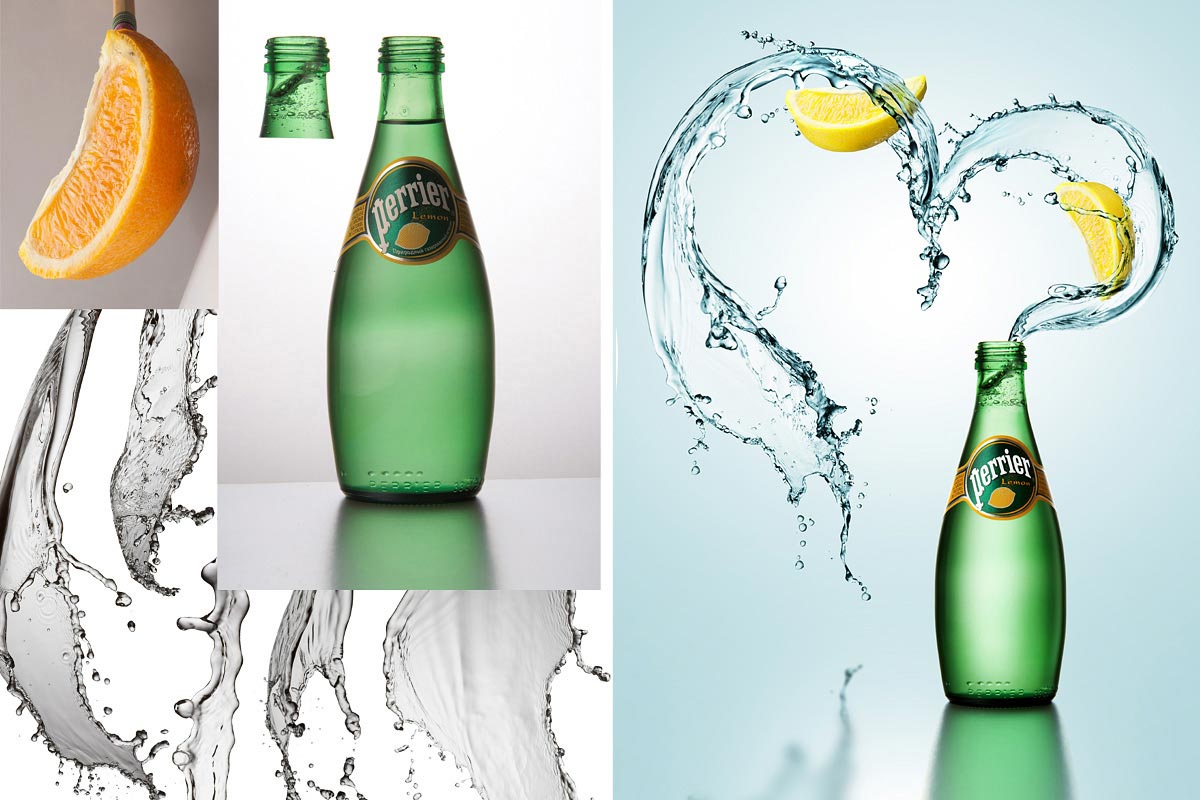
Watch
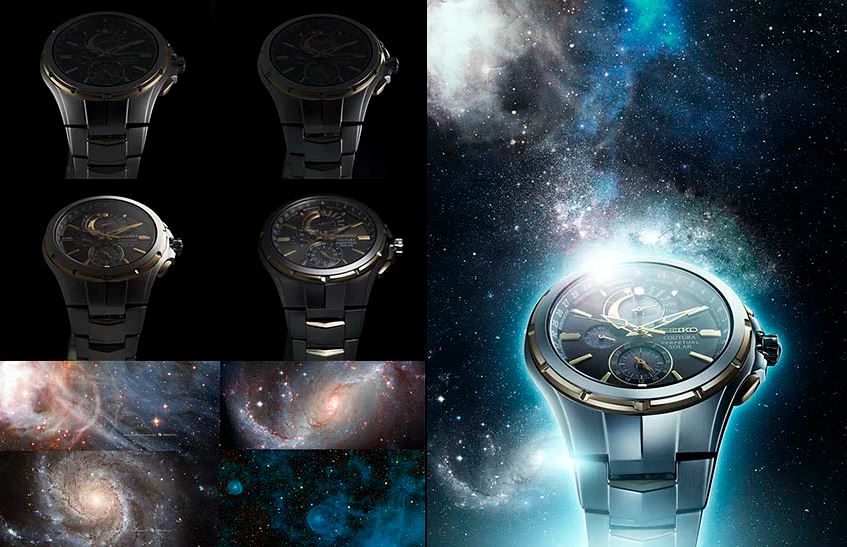
Ring
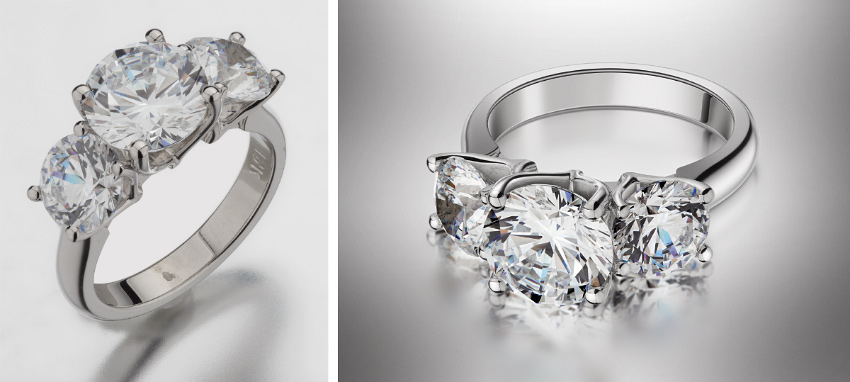
Beer

ABOUT THE COURSE’S
Instructor
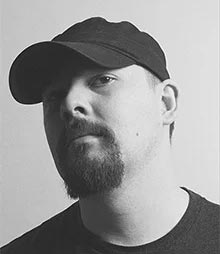
Instructor of Photigy
Ilya Plotnikov
Ilya has grown from an in-house photographer to the founder of one of the top Russian photography, CGI, and creative retouching studios – Doberman Studio.
Along with his team, he managed to build a studio that helps to keep the Russian advertising industry at the highest possible level.
Ilya has been chosen by Luerzer’s Archive as one of the best ad photographers in the world for two years in a row.
He works for major worldwide ad agencies such as McCann, BBDO, DDB, etc., and such famous companies as Coca-Cola, Pepsi, Bud, Nestle, Unilever, and many others. His works are featured in l’Officiel, InStyle, and Forbes.
DURATION
7 hours, 39 minutes
LEVEL
Advanced
TYPE
Online Video Course, PSD Files
⭐⭐⭐ ADVANCED SERIES
Post- Production for Product Photographers & Retouchers
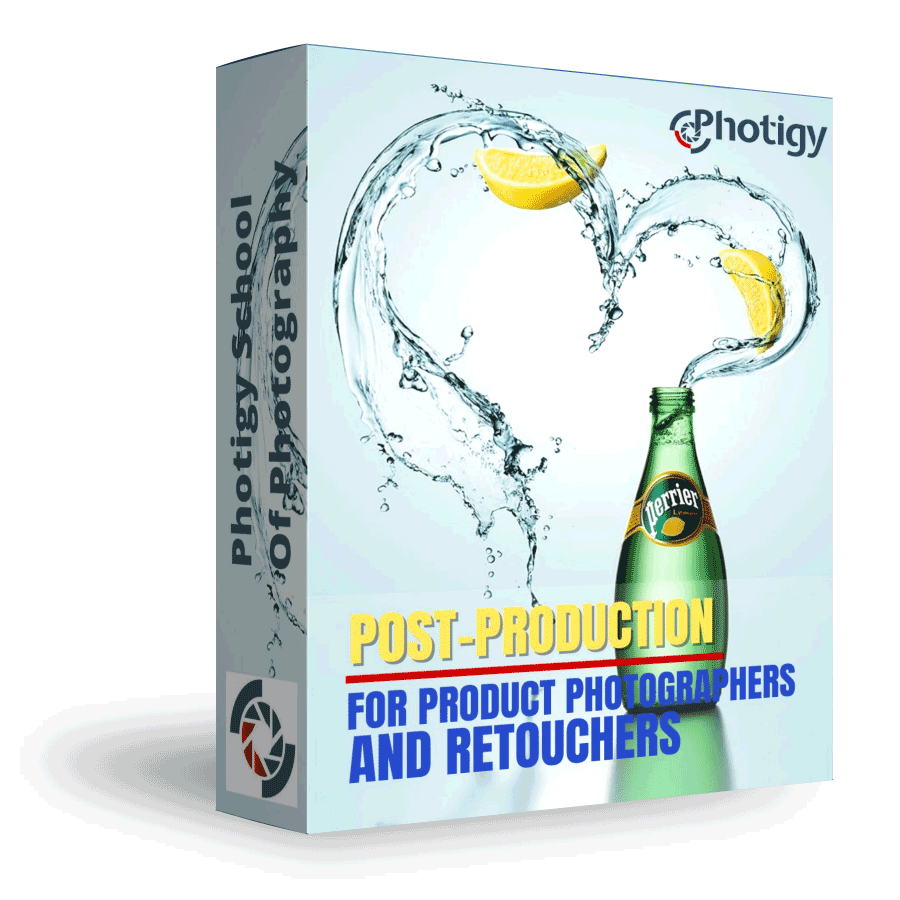
Individual course purchase v.s VIP Membership:
One-time payment
Best for long-term access, more DIY approach
$125
One-time payment
-
Lifetime access
-
Weekly Q&A
-
24/7 Email Support
VIP Membership
Best for ongoing learning
$12.50
per month, Annual $150
-
Unlimited access to all courses
-
Weekly Q&A
-
Priority support

Photigy School Of Photography 2020